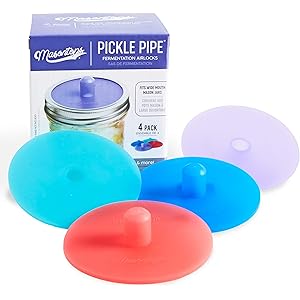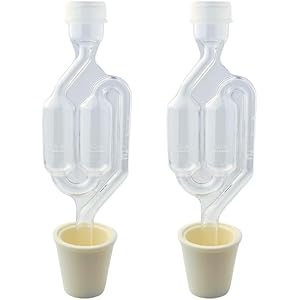Understanding Yeast Cultivation
Yeast is a fascinating microorganism that plays a crucial role in various fermentation processes, including baking, brewing, and winemaking. The question “Can you grow your own yeast?” often arises among home bakers and fermentation enthusiasts. Growing your own yeast can be a rewarding experience, allowing you to harness the natural yeasts present in your environment or create a specific strain tailored to your needs.
The Basics of Yeast Growth
To successfully grow your own yeast, it is essential to understand the basic requirements for yeast cultivation. Yeast thrives in warm, moist environments with a food source, typically sugars. When you provide these conditions, yeast cells can reproduce rapidly, leading to a robust culture. This process can be initiated using various methods, including capturing wild yeast from the air or cultivating yeast from store-bought samples.
Capturing Wild Yeast
One popular method for growing your own yeast is capturing wild yeast from the environment. This can be done by exposing a mixture of flour and water to the air, allowing natural yeast spores to settle and begin fermentation. This process can take several days, during which you should monitor the mixture for signs of bubbling and a pleasant, tangy aroma, indicating that yeast is actively growing.
Using Store-Bought Yeast as a Starter
If you prefer a more controlled approach, you can start with store-bought yeast. By creating a starter culture, you can propagate this yeast in a larger batch. Mix a small amount of yeast with flour and water, allowing it to ferment for several hours. Once it becomes bubbly and active, you can use it to inoculate a larger batch of flour and water, effectively growing your own yeast from a commercial strain.
Feeding Your Yeast Culture
Once you have established your yeast culture, it is crucial to feed it regularly to keep it healthy and active. This involves adding fresh flour and water to the culture, providing the necessary nutrients for yeast growth. The frequency of feeding depends on the temperature and the specific yeast strain, but a general rule is to feed your culture every 12 to 24 hours for optimal results.
Get more content like this!
Sign up to receive updates and new terms first hand.
Storing Your Yeast
Proper storage of your yeast culture is essential for maintaining its viability. If you are not using your yeast regularly, you can store it in the refrigerator to slow down its activity. Make sure to feed it at least once a week to keep it healthy. For long-term storage, consider drying your yeast or freezing it in small portions, which can be reactivated later when needed.
Common Challenges in Yeast Cultivation
While growing your own yeast can be a fulfilling endeavor, it is not without its challenges. Contamination from unwanted bacteria or molds can occur, leading to off-flavors and spoilage. To mitigate these risks, ensure that all equipment is sanitized, and monitor your culture closely for any signs of contamination. If you notice any unusual smells or colors, it may be best to discard the culture and start anew.
Benefits of Growing Your Own Yeast
Growing your own yeast offers several advantages, including the ability to experiment with different flavors and fermentation profiles. Home bakers can develop unique sourdough starters, while brewers can create distinctive beers that reflect their local environment. Additionally, cultivating your own yeast can foster a deeper understanding of the fermentation process and the role yeast plays in it.
Conclusion: Embracing the Art of Yeast Cultivation
In summary, the question “Can you grow your own yeast?” is not only feasible but also an exciting journey into the world of fermentation. Whether you choose to capture wild yeast or propagate a store-bought strain, the process can enhance your culinary creations and deepen your appreciation for the science of baking and brewing. With patience and practice, anyone can successfully grow their own yeast at home.




